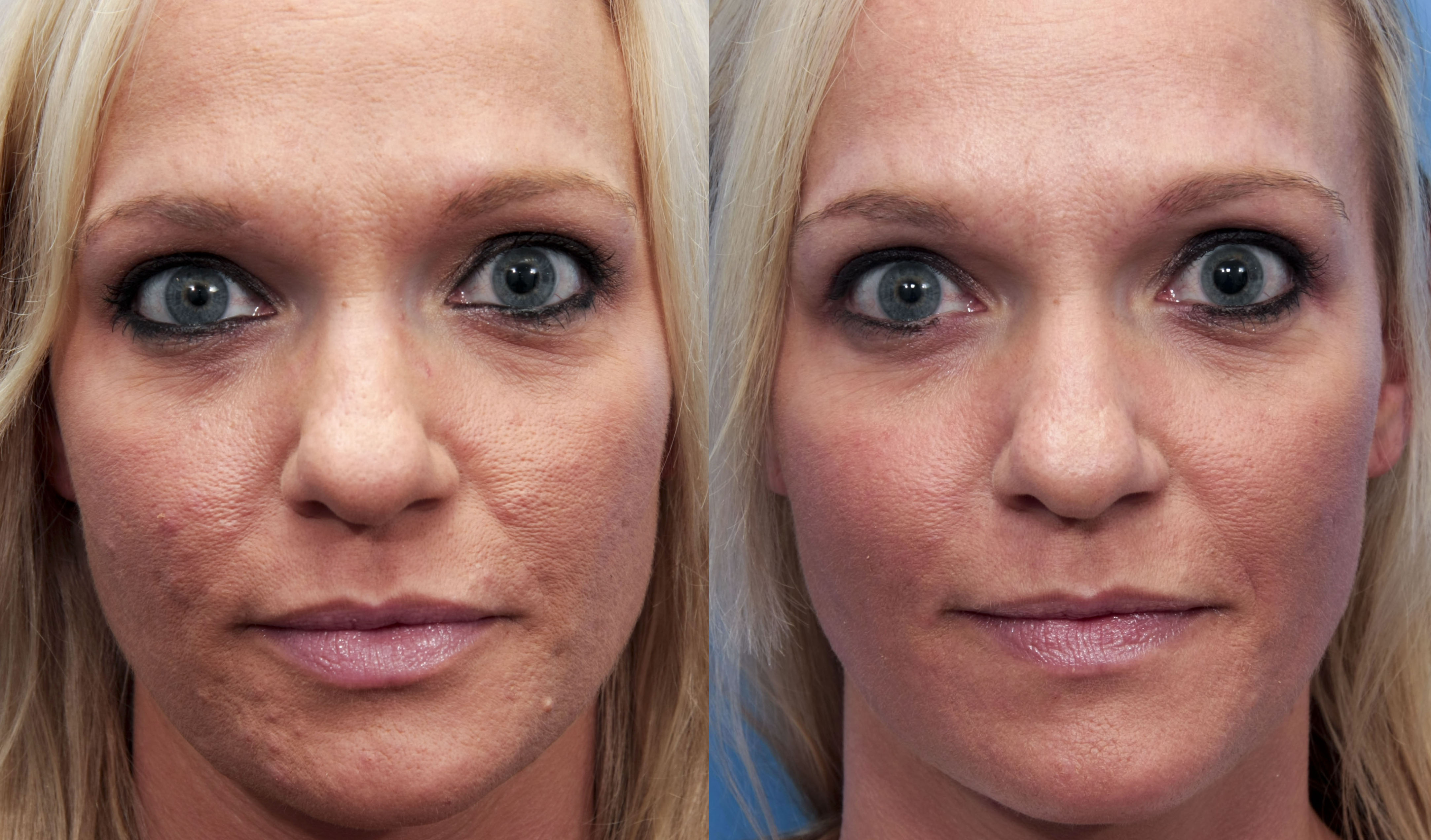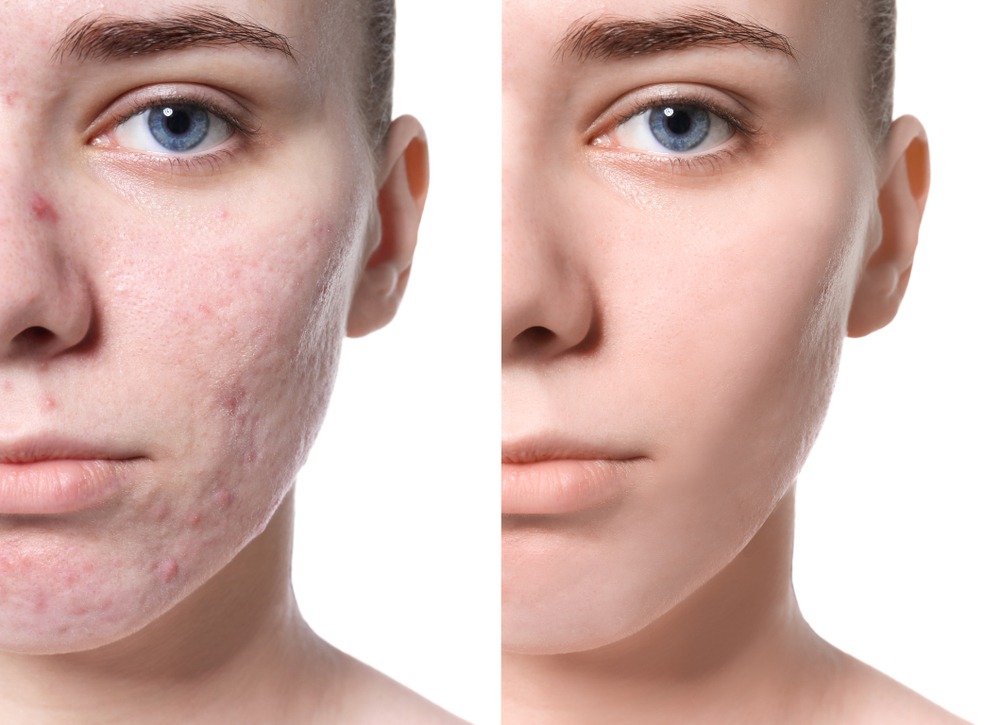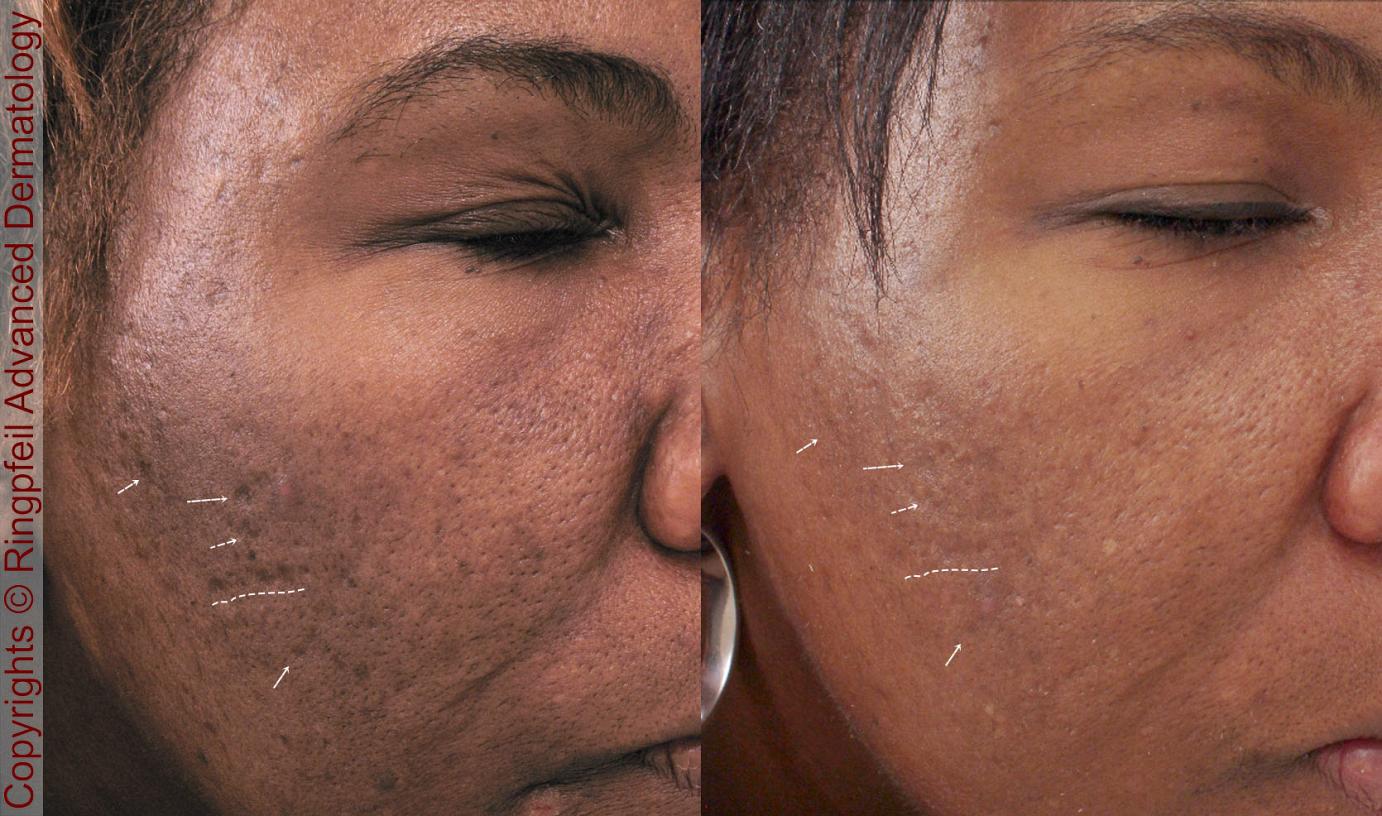Leading Acne Treatment for Sensitive Skin: Mild Solutions for Clear Skin
Leading Acne Treatment for Sensitive Skin: Mild Solutions for Clear Skin
Blog Article
Understanding the Various Skin Disease and Efficient Therapy Options for Acne Scars
Acne marks stand for a complicated interaction of skin problem that dramatically effect people' self-esteem and overall skin wellness. Understanding the unique kinds of acne marks-- atrophic and hypertrophic-- alongside their underlying causes, is pivotal for establishing effective treatment approaches. Different therapeutic options exist, varying from innovative dermatological procedures to natural treatments. The efficacy of these treatments frequently hinges on tailored analyses by certified specialists. As we explore the landscape of acne mark monitoring, it becomes evident that the journey towards more clear skin may include even more than just topical options.
Kinds of Acne Scars

On the other hand, hypertrophic scars arise from an overproduction of collagen during the recovery procedure, causing elevated areas on the skin. These marks are often solid and can vary in shade, sometimes appearing red or darker than the bordering skin.
Understanding these kinds of acne scars is essential for establishing an effective treatment strategy - acne scars. Alternatives may consist of chemical peels, laser therapy, microneedling, or dermal fillers, tailored to the certain mark kind. An extensive appointment with a skin doctor can help figure out the most appropriate intervention, taking into consideration the individual's skin type, scar intensity, and overall skin health
Root Causes Of Acne Scarring
Scarring occurs as a result of the body's natural recovery feedback to swelling and injury brought on by acne sores. When acne kinds, it causes an inflammatory response, leading to the launch of various cytokines and growth factors that promote recovery. This procedure can often lead to extreme tissue formation or inadequate repair, resulting in marks.
The key root causes of acne scarring include the severity of the acne itself, duration of the sores, and private skin types. Severe inflammatory acne, such as blemishes and cysts, is more probable to result in scarring due to much deeper tissue damage. In addition, inappropriate handling of acne lesions, such as choosing or squeezing, can exacerbate cells injury and swelling, enhancing the likelihood of scarring.
Hereditary tendency also plays a substantial function; individuals with a family members history of scarring go to a higher risk. Skin type and color can influence mark formation, as darker skin tones might experience post-inflammatory hyperpigmentation, while lighter skin might create atrophic marks.
Eventually, understanding these reasons is vital in taking care of acne and alleviating the potential for scarring.

Therapy Options for Scarring
Efficient treatment choices for acne scarring differ relying on the type and intensity of the scars. Normally classified into atrophic, hypertrophic, and keloid scars, these conditions require tailored techniques for ideal results.
For atrophic marks, which are identified by a loss of tissue, therapies such as chemical peels, microdermabrasion, and laser therapy are frequently utilized. These techniques promote skin revival and stimulate collagen production, thereby improving skin texture. Subcision, a minimally invasive treatment, can likewise be reliable by separating fibrous bands underneath the skin.
Hypertrophic and keloid scars can be a lot more testing to treat. Choices include corticosteroid shots to decrease swelling and flatten the scars. In many cases, cryotherapy or laser therapy may be advised to reduce their look.
Surgical alternatives are available for extreme scarring, where excision or skin grafting might be essential. It's crucial for individuals to speak with a skin specialist to assess their particular mark kind and talk about the most appropriate therapy plan. Incorporating multiple therapies frequently produces the most effective end results, ensuring that each individual's unique skin condition is attended to effectively.
Natural Home Remedy and Natural Solutions
Natural options and natural remedy can supply an accessible method for individuals seeking to enhance the appearance of acne scars (acne treatment for sensitive skin). Numerous active ingredients located in the home kitchen have actually shown prospective advantages in improving skin appearance and promoting healing

Another reliable option is lemon juice, which works as a natural exfoliant and can lighten hyperpigmentation. Nonetheless, it ought to be made use of carefully, as it may create photosensitivity. Oatmeal masks are also valuable; their gentle peeling can help eliminate dead skin cells while comforting inflammation.
Essential oils, such as tea tree oil and lavender oil, can further acne treatment for sensitive skin sustain mark healing because of their antimicrobial residential or commercial properties. It is critical to carry out a patch examination before applying any kind of remedy to guarantee there are no damaging reactions. These all-natural services can be a corresponding strategy in the journey to decrease acne marks.
Protecting Against Future Scarring
Adopting a proactive technique to skin care can significantly decrease the danger of creating future acne marks. One of the crucial approaches is to take care of acne effectively as it occurs. This includes making use of non-comedogenic skincare items and drugs prescribed by dermatologists that target acne without irritating the skin. Routine cleansing, exfoliation, and hydration can aid maintain skin health and avoid stopped up pores.
Furthermore, preventing the temptation to pick or squeeze acne sores is critical, as this can bring about swelling and subsequent scarring. Rather, people ought to focus on applying topical therapies that advertise healing and reduce inflammation. Components such as salicylic acid, benzoyl peroxide, and retinoids are known for their efficiency in taking care of acne and lessening scars.
Sun security is an additional essential element; exposure to UV rays can dim marks and hinder recovery. Using a broad-spectrum sun block daily can alleviate these effects.
Last but not least, preserving a healthy and balanced diet plan rich in antioxidants and remaining hydrated assistances skin regeneration. By carrying out these precautionary actions, individuals can significantly reduce their risk of future scarring and promote total skin health and wellness.
Verdict
To conclude, a thorough understanding of acne marks, incorporating both hypertrophic and atrophic kinds, is vital for reliable treatment methods. Customized treatments, consisting of professional therapies and natural home remedy, can dramatically boost skin look and texture. Precautionary procedures additionally play an important duty in reducing future scarring. Appointment with a skin doctor stays vital to develop customized approaches that think about specific skin kinds and mark severity, eventually improving the effectiveness of scar management strategies.
Acne marks represent a complicated interplay of skin conditions that significantly effect people' self-confidence and overall skin health. The 2 key classifications of acne marks are atrophic and hypertrophic scars. These scars are additional categorized into 3 subtypes: ice pick scars, which are deep and narrow; boxcar scars, which are larger and have well-defined sides; and rolling scars, which develop a wave-like look due to unequal skin structure.
An extensive assessment with a dermatologist can aid figure out the most ideal intervention, taking right into account the individual's skin kind, mark intensity, and overall skin health.
Appointment with a skin specialist remains important to devise individualized methods that consider individual skin kinds and mark seriousness, ultimately enhancing the efficacy of scar management strategies.
Report this page